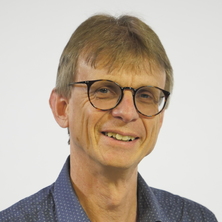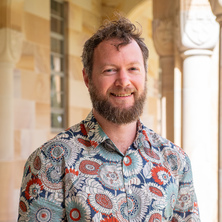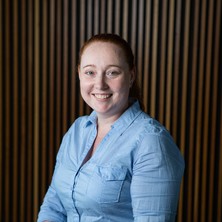Non-equilibrium reacting shock layers (2020-2023)
Abstract
This project aims is to study the non-equilibrium aerodynamic processes involved in hypervelocity flight. The design of vehicles for high speed flight is critically dependent on modelling the interactions between the flow field and the airframe, and the current lack of understanding is restricting the scope and benefit of viable activities in space. The expected outcomes include the ability to design optimised heat shields and air-frames with minimum mass and maximum payload, precisely targeting specific flight conditions and vehicle shapes. The prospective benefits include increased productivity and reliability and reduced cost of missions to and from space, and a proliferation of new applications which this understanding will facilitate.




